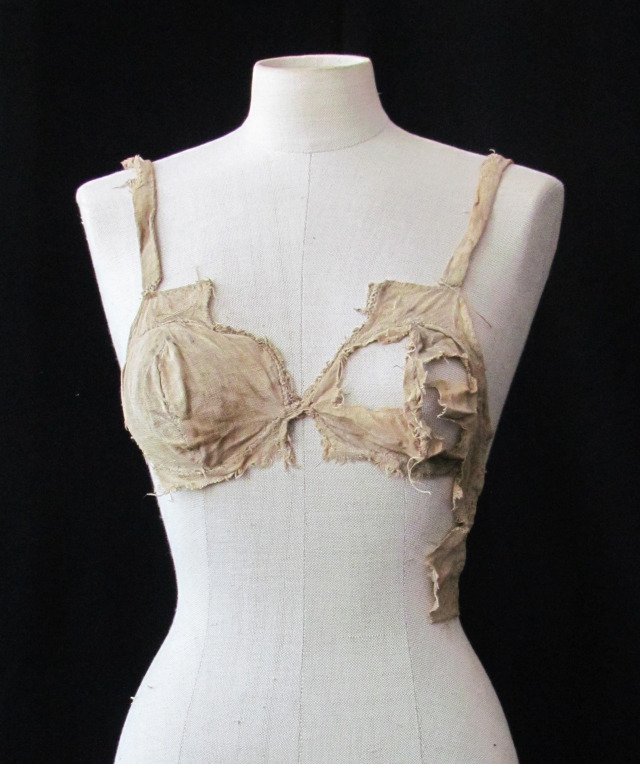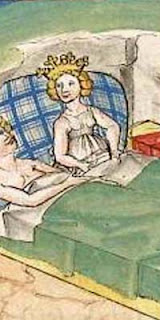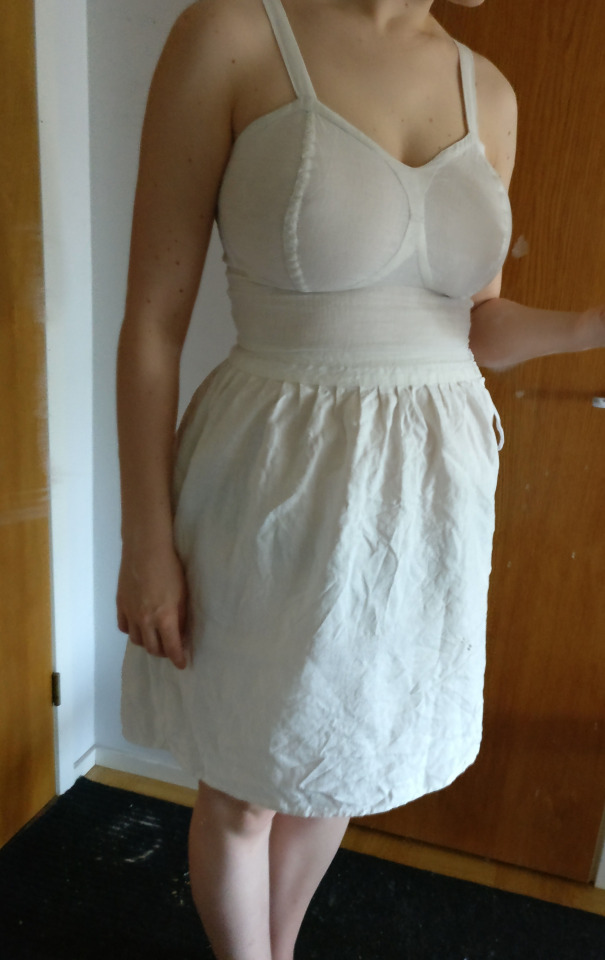#historical undergarments
Sewing Medieval Bathhouse Dress
I’m a big boob person and for me bras have always been very uncomfortable. They never support enough even with the metallic wire support as the elastic strap is not secure enough and that wire curve is also just uncomfortable. My shoulders are also always aching because of the pressure put on shoulders. But no bras is even more uncomfortable especially if I have to do anything else than sitting. Which is why I have been considering testing out historical options ever since I got into historical sewing.
When it comes to historical sewing (and to some extent sewing in general) I’m still a noob and so I have been quite intimidated by stays and corsets and I’ve figured I’ll start with medieval supportive garments, like kirtle, as they are much simpler. Then I saw the videowhere Morgan Donner made a bathhouse dress and I immediately wanted to test it out too.
Some history
Bathhouse dress is a garment that appears around 14th to 16th century in central Europe, mostly around Bohemia, Austria and German states and their vicinity. Perhaps the most famous finding of this garment is the Lengberg Castle Bra found in Austria.

It’s often called medieval bra because it has cups like bra. I think that’s somewhat misleading as it was a full dress and this is just fragments of the dress. There’s theory that there’s only this left because the larger continuous pieces of linen were cut off and used for some other garment. The dress was quite different from shift, the usual loose undergarment that would be used under supportive kirtle around most of Europe at the time. It was sleeveless and tailored with lacing, usually on the side. The reason it’s often called bathhouse dress is that there’s a lot of depictions of it in bathhouse use, especially in Bohemia, and these depictions are sometimes referred as Bohemian bathhouse babes.

All of these types of garments didn’t have cups like this example from 1389 Bohemia, and there were a lot of different designs. There’s different shaped bodices, some had waist seem, some didn’t. In German the garment with cups was called breastbag at the time. In the literary mentions there was often degrading tone when talking about it, and it seemed that the writers at least thought women who used breastbag were “showing off”. When have men not complained about women’s fashion in a patriarchal society? Perhaps with the other designs there wasn’t similar derision. The writings and some other depictions of the garment suggest that it was used more generally as an undergarment and not just for bathhouse. Which would make sense as it would seen uncharacteristic for Middle Ages to tailor a supporting garment (not cheep) just to use in bathhouses.

Here’s a potter wearing similar garment with different design from late 15th century Austria.

Another one from mid 15th century Austria of a woman putting clothes on and obviously wearing the dress as undergarment.

Here’s a German example from late 15th century of a woman wearing it as a nightgown, which shift was also used for.
The sewing part
If you want a tutorial, go and watch that Morgan Donner video linked in the beginning, I’m not a good source on sewing, especially historical.
I wanted to make my version of the dress fairly historical, but I wasn’t too concerned with making in exactly right as it’s purpose is for daily use and not historical costuming. I hand-sewed it with historical techniques though, but the patterning part was quite chaotic and I basically came up with it as I went so there ended up being some weirdness in finishings as I didn’t plan far enough.

So here’s how it turned out. I very intentionally made it much shorter than it should be. Most depictions have it reach half calf. I was making it for daily use and not historical costuming and I have a lot of knee length skirts, so I wanted it short enough for that. I actually made the bodice and skirt into separate pieces that are just loosely whipstitched together so I can use them both alone too, especially the bodice with trousers.

The shape of the bodice isn’t historical. The cleavage goes fairly high and is fairly straight in most of the historical examples (especially with the cups). Even the Lengberg bra originally had crochet covering the chest area. But again that wouldn’t have fitted so well with a lot of my modern clothing, and my purpose wasn’t historical recreation.


As I was talking about the pretty weird finishings, here you can see them. The result isn’t very neat, but it’s fine.
I have been wearing this now a couple of months and I’m in love with it. It’s much more supportive while being also so much more comfortable. The lacing on the side distributes the force around the waist, so it doesn’t put nearly as much pressure on my shoulders. It’s made entirely out of linen and is very nice against skin and as it doesn’t have any metallic wires it also doesn’t press anywhere. It also is just much more flattering than bras at least for me. It doesn’t work that well without the skirt, the waist starts wrinkling and moving up, but the skirt keeps it pretty straight. The bodice is also slightly too long and it doesn’t sit exactly on my waist, so it adds to the problem. It’s not a huge problem though, it’s just a bit annoying.
I’m planning to test out a version where I’ll reinforce the eyelets with synthetic baleen instead of cord and put baleen in the other side too and maybe in the center front so I could use it as a separate undergarment without the annoying wrinkling. I’m also planning on doing 16th century kirtle bodice or the full kirtle (or both maybe as separate but attachable pieces, like with the bathhouse dress) with either stiff interlining or boning and Regency short stays. I want to test out different types of supportive undergarments in my quest for better bra options. Maybe after I’ve done them I’m ready to try Victorian corset too.
